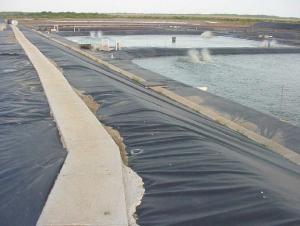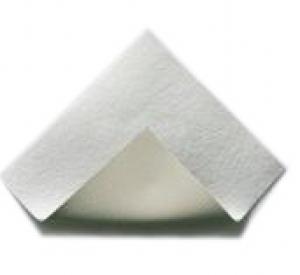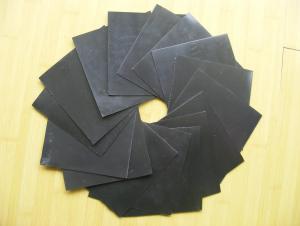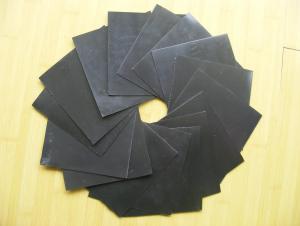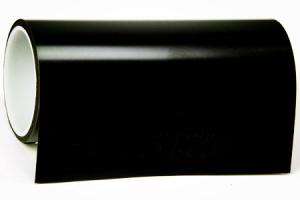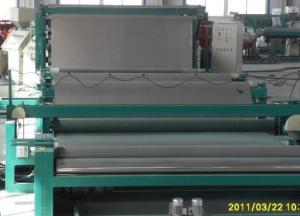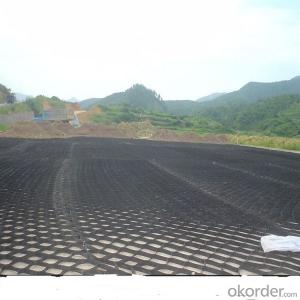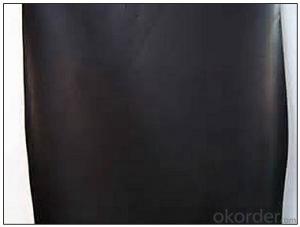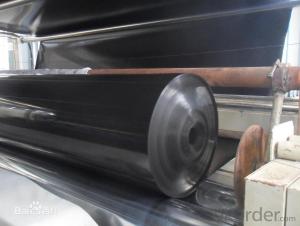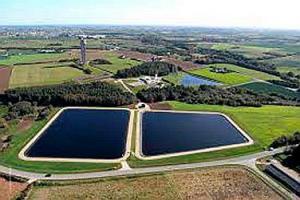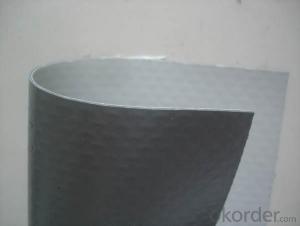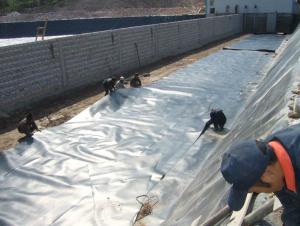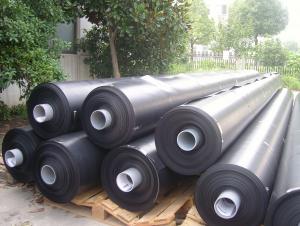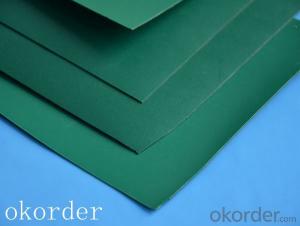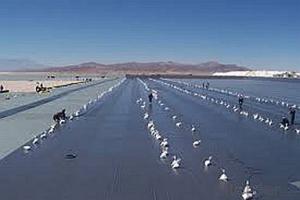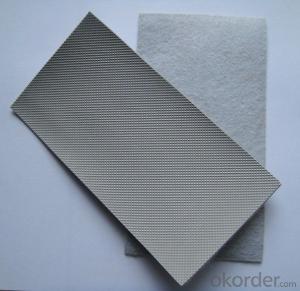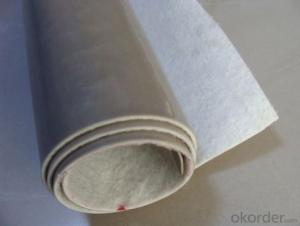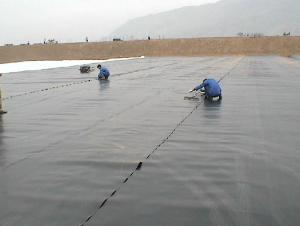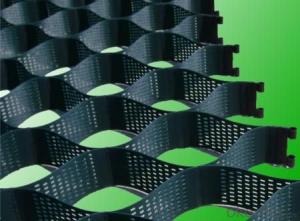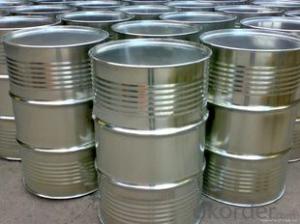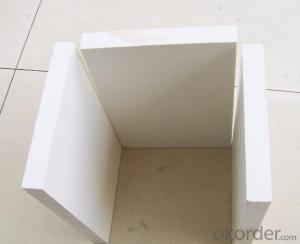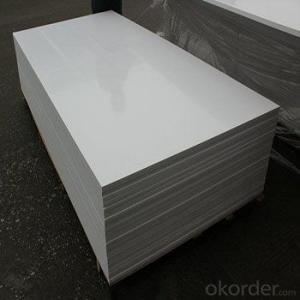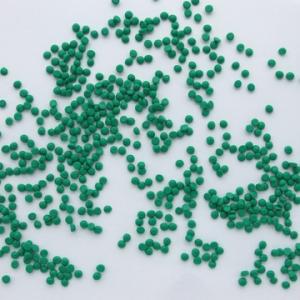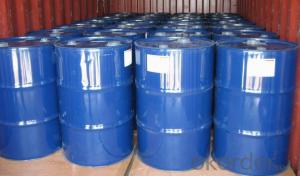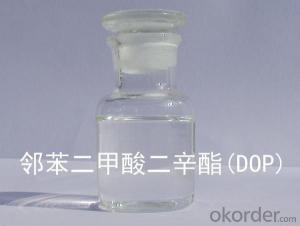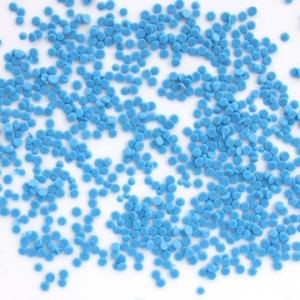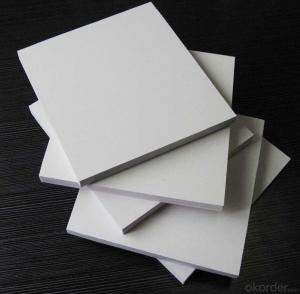Geomembrana Pvc
Geomembrana Pvc Related Searches
Geomembrana De Pvc Pvc Geomembrane Geomembrana Pvc Precio Geomembrana De Pvc Precio China Pvc Geomembrane Pvc Geomembrane Liner Pvc Geomembrane Institute Pvc Geomembrane Specifications Plastic Geomembrane 30 Mil Pvc Geomembrane Geomembrana De Polietileno Geomembrana Para Cisternas Geomembrana Impermeable Geomembrana Circular Geomembrana Para Piscinas O Que É Geomembrana Geomembrana Para Reservorios Geomembrana 1 Mm Geomembrana Para Piscicultura Instalacion De Geomembrana Que Es Geomembrana Venta De Geomembrana Instalación De Geomembrana Geomembrana Para Impermeabilizar Geomembrana De Alta Densidad Geomembrana Calibre 1200 Geomembrane Machine Hdpe Geomembrana Geomembrana Para Tanque Geomembrana In HdpeGeomembrana Pvc Supplier & Manufacturer from China
Geomembrana PVC is a high-quality waterproofing material that is widely used in various industries due to its excellent chemical resistance and durability. This product is manufactured using premium PVC resins and advanced production techniques, ensuring that it meets the highest standards of performance and reliability. It is commonly used in applications such as landfill liners, pond liners, canal linings, and other civil engineering projects where waterproofing and containment are crucial.The versatile nature of Geomembrana PVC makes it suitable for a wide range of usage scenarios, including environmental protection, water management, and construction. Its ability to withstand harsh conditions and resist chemical degradation makes it an ideal choice for projects that require long-term performance and minimal maintenance. Whether it's used in the construction of water reservoirs or as a protective barrier in waste containment facilities, Geomembrana PVC offers a reliable solution that stands the test of time.
Okorder.com is a leading wholesale supplier of Geomembrana PVC, offering a vast inventory of this product to cater to the needs of various industries. With a strong commitment to customer satisfaction, Okorder.com ensures that the Geomembrana PVC they provide is of the highest quality and is available at competitive prices. Their extensive stock allows them to meet the demands of large-scale projects while also catering to smaller, specialized applications. By partnering with Okorder.com, customers can be confident that they are receiving top-notch Geomembrana PVC products that will perform exceptionally well in their specific applications.
Hot Products
